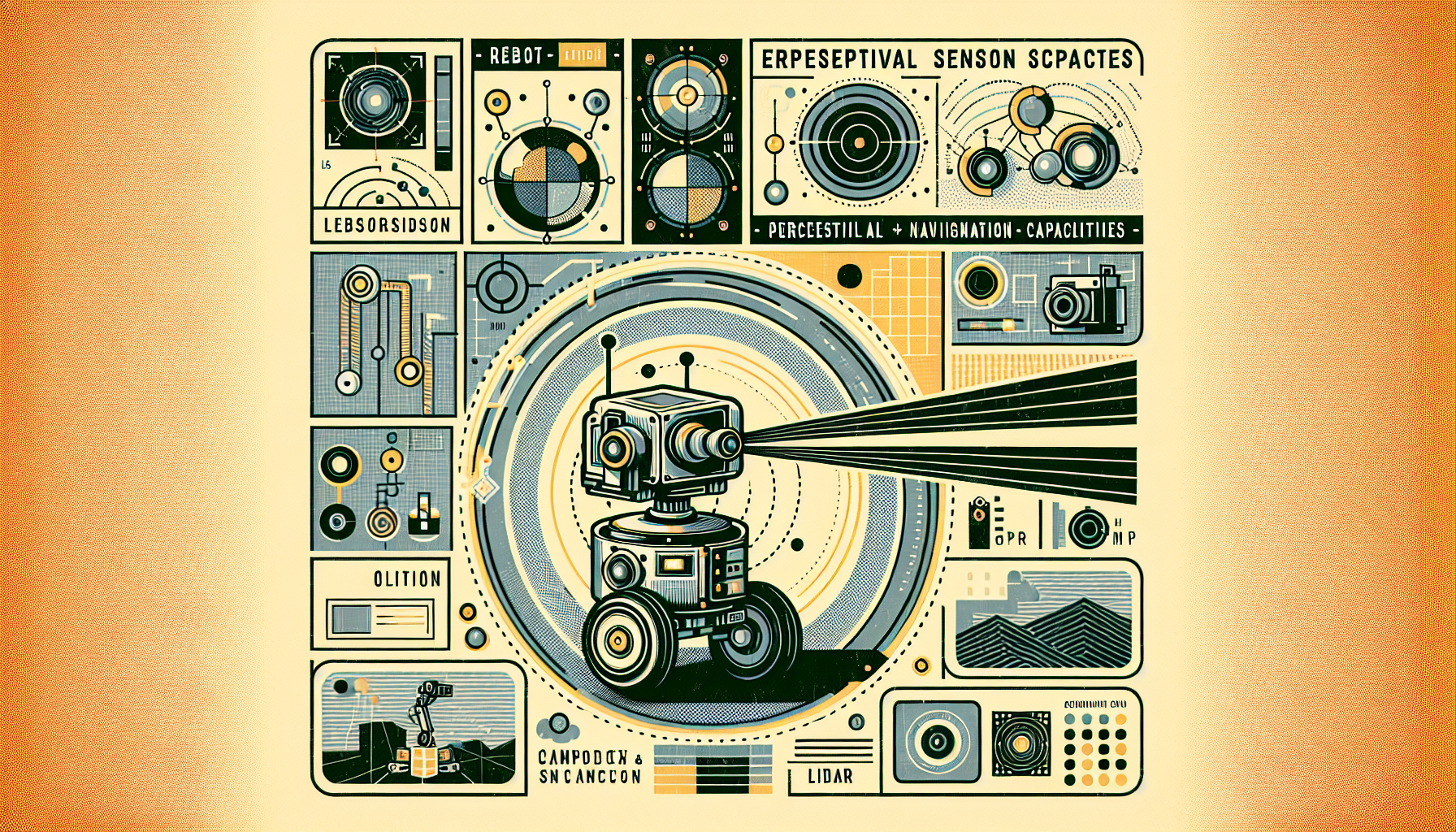In the world of robotics, the combination of various sensor technologies, particularly LIDAR (Light Detection and Ranging), has brought a new level of precision and efficiency. This integration, known as sensor fusion, plays a vital role in enhancing how robots perceive and navigate their surroundings.
Exploring Sensor Fusion
At its core, sensor fusion is about merging inputs from different sensors, such as LIDAR, cameras, RADAR, and IMUs (Inertial Measurement Units), to create a well-rounded view of the environment. This process can be executed in different stages:
Early Fusion
Early fusion brings together unprocessed data from all the sensors. A typical example is projecting LIDAR’s 3D data onto 2D images from cameras, aligning visual data seamlessly.
Late Fusion
Late fusion takes the outputs from each sensor’s individual processing pipelines and merges them. This might mean detecting objects separately using each sensor, then combining the information by considering factors like spatial overlap or tracking of objects over time for a comprehensive analysis.
LIDAR’s Influential Role
LIDAR stands out because it can measure distances with incredible accuracy and provide detailed 3D visuals of the world around. Its strengths include:
- Reliable distance estimation, key for precise navigation.
- Creating accurate 3D maps crucial for avoiding obstacles and mapping environments.
Integrating Diverse Sensors
Cameras
By offering detailed visual insights, cameras shine in object classification and scene understanding. When LIDAR data is projected onto camera images, it aligns 3D spatial information with the rich detail of camera visuals.
RADAR
RADAR offers speed measurements of objects, complementing LIDAR’s distance assessments. When combined, these sensors ensure a more reliable system by providing different sets of critical data.
IMUs
IMUs aid in gauging movement and positioning, helping stabilize outputs from other sensors and refining navigation accuracy.
Applications in Modern Robotics
Autonomous Vehicles
In the realm of autonomous vehicles, sensor fusion enhances safety and navigation, combining inputs from LIDAR, cameras, and RADAR to detect and track objects without blind spots.
Industrial Automation
In industrial settings, it’s vital for sensor fusion to enable precise navigation and object handling, supporting automation tasks with high accuracy and reliability.
Augmented Reality (AR)
For AR, sensor fusion improves how virtual objects interact with real-world spaces, offering a more accurate and immersive experience by refining object positioning and interactions.
Challenges to Consider
Calibration Needs
Calibration ensures sensors work together effectively. This means tweaking cameras for lens distortion and aligning them spatially with LIDAR and other units to view the same scene accurately.
Achieving Synchrony
Aligning data from sensors with varying rates and precision is a hurdle, demanding precise timing and spatial coordination to function well in dynamic scenarios.
Refining Accuracy
To combat inaccuracies and disturbances, using strategies like noise reduction is necessary to enhance system reliability.
Overall, sensor fusion, particularly the merging of LIDAR with other sensors, forms a foundational technology in modern robotics. It enriches robots’ abilities to perceive, navigate, and operate effectively. As the field progresses, the refining of calibration, synchronization, and noise reduction will play a crucial role in harnessing the full potential of these advanced systems.

Leave a Reply